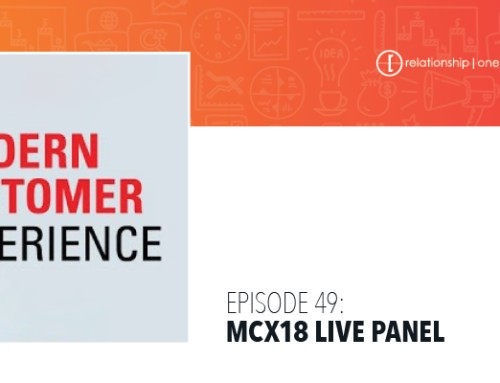Whether it’s an online or in-person event, webinar, or virtual trade show, events continue to be an important piece of the marketing puzzle. Although events have changed drastically these past 18 months, their importance has not. They are a proven way to meet new prospects, network with existing clients, meet with friends and colleagues, and perhaps most importantly, drive and accelerate pipeline revenue.
As online events flourish and in-person events slowly come back, here are a few ways you can make the most of them.
Event Preparation
Targeting
One of the most critical parts of event marketing is making sure you engage the right audience. Segmentation best practices are paramount, and marketing automation filters can help you find the contacts most likely to attend and engage with your team. Standard segmentation principles apply; you should be encouraged to use all of your available data to match location, interest, and behaviors to find the best audience. If you find that certain information is lacking in your database, consider investigating a 3rd party solution that can append data to your contact list. You should also consider broadening your outreach by researching look-alike audiences — individuals that have similar profiles to the contacts you have segmented. You can use these look-alike audiences to run retargeting campaigns seamlessly.
Messaging
Getting the right message to your audience sets the stage for the success of your event. Your content should drive your audience to a specific action – whether it’s registering, sharing your content, etc. Once you have the right data, harness it to provide personalized content to your target audience. Perhaps your message will vary depending on a person’s location, behavior, interest, or product-usage. Test various messages and content to see what drives the greatest result and use dynamic content to make personalizing content efficient.
Social media has become such a critical component of events, don’t forget to use it in your marketing! Encourage your audience to share content and invite their peers and colleagues to your event. There are lots of great ways to connect your marketing automation to social channels. For example, Relationship One’s Hootsuite app, let’s you view your social posts in the Eloqua calendar and create new social posts directly within Eloqua.
Oh, and don’t forget about mobile messaging. Assuming you have permission to contact your audience through their mobile devices, consider using SMS as part of your marketing automation campaigns. Eloqua has integrations with a number of SMS providers. A simple search for “SMS” in the Oracle Cloud Marketplace will return a number of available applications, including Relationship One’s Twilio SMS Connector.
Registration
It goes without saying that marketing automation can greatly improve your ability to capture and manage registrants. Whether you are using Eloqua’s built-in event module, the campaign canvas, or an integration with a 3rd party event platform, you can use the registration experience to your benefit.
Make the most of your registration pages by capturing information that will be most useful later – data that can be used for segmentation, personalization, and/or lead scoring. It’s always a good idea to build messages that are personalized to the specific needs and interests of your various target audiences. If you have your segments built in Eloqua, you have all the necessary data points handy. If not, and registration data is stored elsewhere, investigate whether that event management tool has native integration with Eloqua.
For example, Relationship One has apps for both Eventbrite and Aventri that will feed registrants directly into an Eloqua campaign or program canvas. Leverage these systems with the power of Eloqua to create a seamless event experience.
Post Event
Make sure you investigate every option for gathering attendee data post-event, especially if you have options to directly feed information into your instance. With Relationship One’s event applications mentioned previously, you have the ability to feed attendee information or use a decision step to route contacts appropriately depending on their attendee data. If you’re using a different event platform, make sure to utilize any pre-built integrations with your marketing automation platform.
As you follow up with event content, remember all of the content applications available to you. Bolster your follow-up efforts with content management applications like Uberflip, which allows for personalized content experiences across multiple channels. Look for ways to create engaging and interactive content that will get your leads deeper into your messaging and, most importantly, your funnel.
Wrapping Up
At its very core, marketing automation is built to help marketers be more efficient, effective, and engaging with audiences. These platforms are built with an immense amount of flexibility and scalability, in a large part thanks to the ever-expanding suite of applications available. Many of these applications are free to use while others require a license fee or cost. I encourage you to think creatively about how you can best utilize your technologies to harness the power of events.






